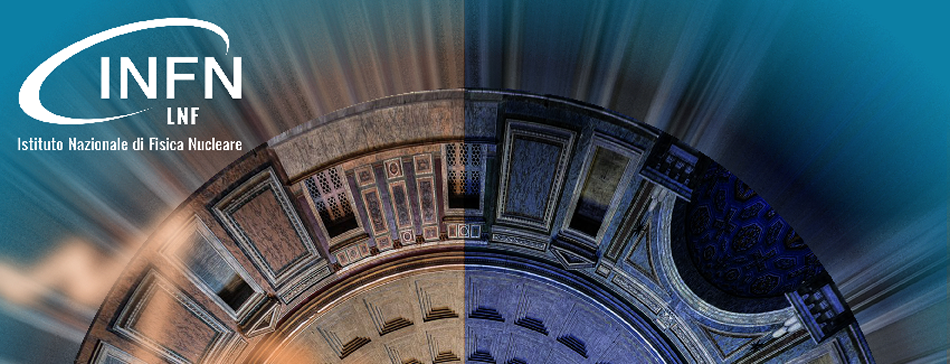Speaker
Description
As CERN will move to the High Luminosity LHC (HL-LHC) during the Long Shutdown 3 (LS3, 2026), several detectors and components of the experiments need to be replaced with upgraded versions designed to take full advantage of the increased luminosity. The currently installed detectors will require significant person power over several months for their complete removal in a challenging radiation environment due to their exposure to intense high-energy beams for several years. Careful estimation and optimisation of the individual and collective dose for the personnel involved is therefore an essential part of the decommissioning planning.
In 2019, we presented the proposal(1) for a novel dose estimation system for radiation intervention planning. The idea was to combine the existing CAD drawings with improved radiation simulations (FLUKA) and creating a 3D virtual environment which monitors the instantaneous dose rate with respect to position within the environment.
In this talk we will present the first results obtained with the prototype system. As first use case, we chose the removal of the ATLAS Inner Detector (ID), which will be replaced by the ATLAS Inner TracKer (ITk) during LS3. Using a commercially available motion tracking system, we were able to capture the real-time movements of a person while training the ID removal on a full-size mock-up. Working with realistic positions inside the radiation field allowed us to predict the collective dose of the intervention with a much improved accuracy compared to spreadsheet-based prior attempts.
After the prototype stage, the virtual reality radiation dose estimation system has now been re-implemented using the game engine Unity to be compatible with other CERN-based activities (e.g. the robotics framework). We are currently in the process of extending the ways to record, analyse and display positioning data, opening new fields of possible applications. For example, a real time display of corresponding radiation values can be used to optimise procedures during the training of personnel on the mock-ups. Importantly, stored positional data of each person during the decommissioning training can be used to directly test the potential efficiency of various shielding concepts before production, by applying a corresponding, modified radiation dose map to the existing virtual model and recalculating the received radiation dose.
We will show the strengths and weaknesses of the system and discuss its usability and how the system can be applied for various other radiation critical interventions, where detailed CAD drawings and dose maps are readily available. In particular, for the HL-LHC, radiation levels will sharply increase with luminosity (LS4 and beyond), the radiation protection aspects during interventions will become significantly more challenging. Hence a future use case would be the exchange of the ITk Inner System in LS4 or LS5.
1) Forum on Tracking Detector Mechanics 2019, Cornell University
